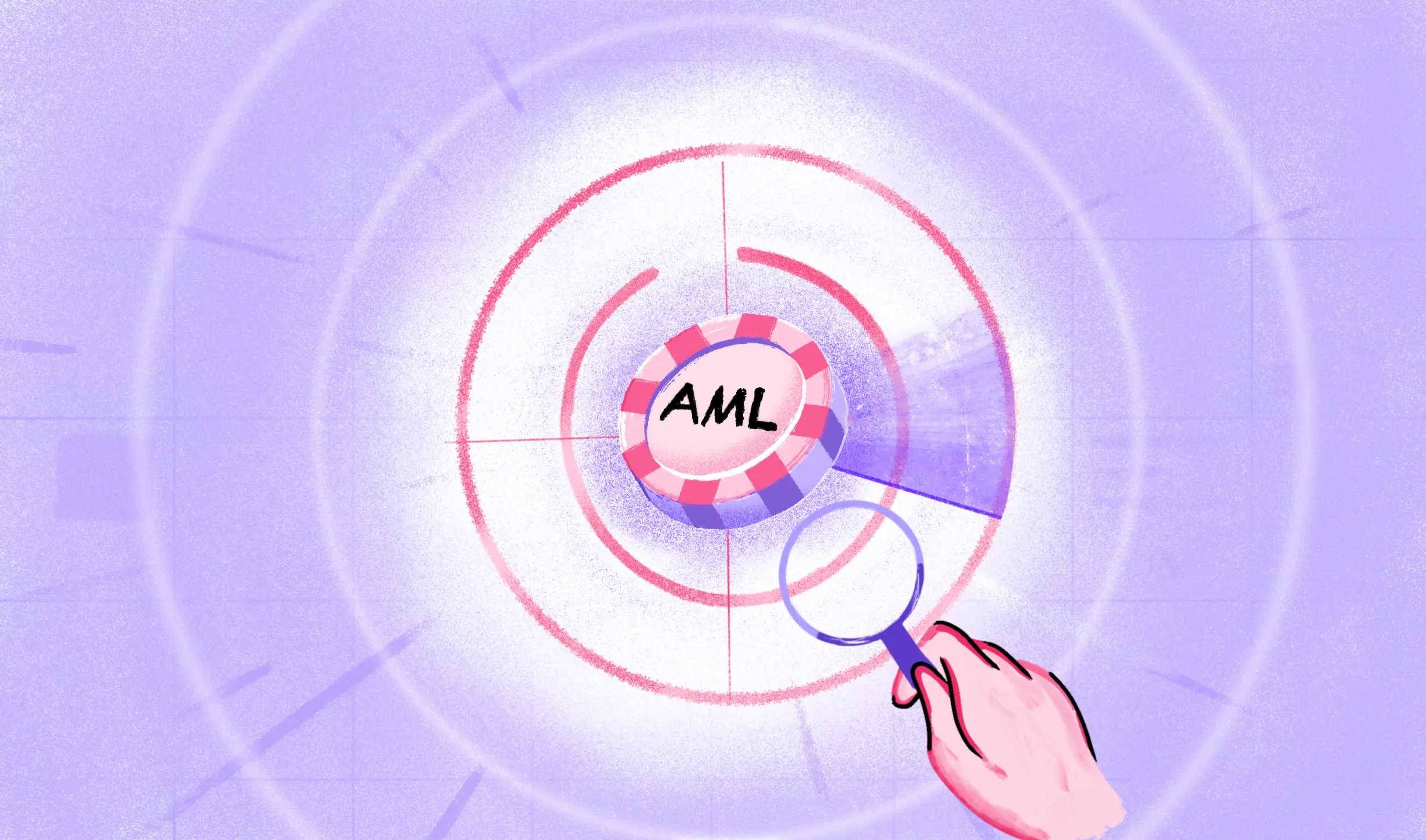Face detection technology is rapidly becoming a cornerstone in our digital age, playing a pivotal role in various sectors, most notably in identity verification. This technology, at its core, is about recognizing and verifying human faces in images or videos, making it indispensable for ensuring security and efficiency in several applications. In this article, we’ll dive into what face detection is and how it operates, shedding light on its importance across different industries. We’re not just talking about the technical aspects; we’ll explore why this technology is crucial in today’s world and how it’s reshaping the way we think about security and authentication.
What is Face Detection?
Face detection is an advanced technology that focuses on identifying and locating human faces within digital images or videos. This innovative technology stands as the preliminary step in complex processes like face recognition, face analysis, and identity verification.
Utilizing artificial intelligence (AI) and machine learning, face detection algorithms discern faces from other elements in an image by analyzing key facial features, such as the distance between the eyes, the shape of the jawline, and the position of the nose.
One of the key benefits of a face detection software is its ability to bolster security measures, especially in identity verification processes. It ensures that access is granted appropriately, safeguarding sensitive information and systems.

How Does Face Detection Work?
Face detection is a fascinating interplay of algorithms and artificial intelligence (AI), where machines learn to identify human faces within digital images or videos. This process to perform face detection that is powered by a combination of machine learning (ML), deep learning, and neural network technologies.
Key Concepts Explained
- Feature Extraction: At its core, face detection involves extracting distinctive features from an image, like the contours of the eyes, nose, and mouth. This is akin to how we, as humans, recognize faces by noting these unique features.
- Edge Detection: This process helps in identifying the boundaries within images, such as the outline of a face or facial features. It’s like drawing the outlines in a coloring book, defining the areas that make up a face.
- Pattern Recognition: This is where AI shines. By recognizing patterns in data – such as facial motion capture the typical arrangement of features on a human face – the system learns to identify faces accurately.
Introduction to Face Detection Methods
Face detection methods have evolved from traditional techniques to more advanced, technology-driven approaches. We’ll explore these methods, ranging from the basic knowledge-based to the latest appearance-based techniques.
1. Knowledge-Based
This method relies on predefined rules about what constitutes a face (e.g., a face must have two eyes, a nose, and a mouth in specific arrangements).
2. Feature-Based
This approach locates faces by extracting key facial features. It uses algorithms trained as classifiers to distinguish facial regions from non-facial regions.
3. Matching of Templates
Template matching uses pre-defined or parameterized face templates to find faces. It compares input images with these templates to detect faces.
4. Appearance-Based
These algorithms learn from a set of training images what a face looks like, combining statistical analysis and machine learning to identify facial characteristics.
Application of Face Detection
Face detection technology, a subset of facial recognition, has become integral to various industries due to its ability to accurately identify and locate human faces within digital images or videos. This technology has numerous real-world applications, particularly in enhancing identity verification processes. Here’s a comprehensive overview of some of its key applications across different sectors:
- Security Enhancement: Face detection technology is heavily used in the security industry. It aids in identifying unauthorized access to sensitive locations and is instrumental in perimeter and asset monitoring. This technology is often integrated into IP cameras for complex access control of premises and is coupled with body cameras worn by security personnel for enhanced monitoring and recording during sensitive interactions.
- Immigration and Border Control: Facial recognition technologies, including face detection, are employed at immigration checkpoints to enforce smarter border control. These systems can identify individuals against databases such as INTERPOL’s ‘Facial Identification’ method, enhancing security at borders by recognizing and thwarting crossings from known criminals and persons of interest.
- Fleet Management and Vehicle Security: In the realm of fleet management, facial recognition can alert fleet managers to unauthorized attempts to access vehicles, thereby preventing theft. Moreover, with advancements in self-driving cars, facial recognition could potentially enable vehicles to react autonomously to robbery attempts.
- Healthcare and Medical Diagnoses: Facial recognition algorithms are increasingly used in healthcare for identifying rare diseases in children and other medical applications. This application of deep learning is critical, especially in the diagnosis of conditions that are difficult to identify through conventional methods.
- Marketing and Customer Analysis: Face detection is becoming increasingly important in marketing for analyzing customer behavior and targeted advertising. This application helps in understanding customer demographics and preferences, thereby enabling more personalized marketing strategies.
- Photography and Digital Cameras: Recent digital cameras and mobile apps use face detection for autofocus and identifying regions of interest in slideshows, enhancing the photography experience
Benefits of Face Detection
Face detection technology offers a range of benefits across various industries, enhancing both security and user experience:
- Improved Security: Face detection plays a crucial role in security enhancement. It is used in surveillance systems for tracking individuals in public spaces, thereby aiding in criminal identification and enhancing personal security.
- Non-Invasive Identification: Unlike other biometric systems, face detection is non-invasive. It can identify individuals from a distance without any physical interaction, making it a convenient and efficient option for user identification.
- Integration with Marketing Strategies: In the marketing sector, face detection is used for audience analysis and targeted advertising, leveraging its ability to detect the emotions and reactions of customers to products and services.
- Enhanced User Experience in Consumer Electronics: In consumer electronics, especially smartphones, face detection is used for device security, such as unlocking phones and authenticating payments, offering a seamless and secure user experience.
- Accuracy in Identity Verification: The technology significantly improves the accuracy of identity verification, crucial in sensitive areas like banking and law enforcement, reducing the risk of mistaken identity.
Limitations of Face Detection
Despite its advantages, face detection technology also faces several limitations:
- Data Storage Requirements: The machine learning technology used in face detection requires substantial data storage, which might not be available to all users, posing a challenge in terms of resource allocation.
- Potential Inaccuracy: Factors such as changes in appearance, camera angles, lighting conditions, and facial expressions can affect the accuracy of face detection systems. These variables can lead to erroneous identifications.
- Privacy Concerns: The widespread use of face detection raises privacy issues, as it enables continuous surveillance and data collection from the public. This has led to concerns about the potential for misuse of this technology and the need for strict regulations to protect individual privacy.
- Risk of Discrimination and AI Bias: Improperly trained face detection systems may exhibit facial recognition bias, particularly in identifying people of color and various races.
Face Detection vs. Facial Recognition
To understand the differences between the face detection models and facial recognition, it’s helpful to compare them side by side:
| Aspect | Face Detection | Facial Recognition |
| Definition | Identifies and locates human faces in digital images or videos. | A more advanced process that not only detects but also identifies whose face it is by comparing it with a known database of faces. |
| Function | Determines the presence of a face in an image or video. | Goes beyond detection to match the identified face with faces in a database to establish identity. |
| Process | Involves scanning an image and recognizing human facial features. | Involves scanning an image, recognizing facial features, and then comparing these features with a database to find a match. |
| Use Cases | Used in camera autofocus, crowd surveillance, and basic entry-level security systems. | Employed in more complex security systems, identity verification, criminal identification, personalized marketing, and access control. |
| Complexity | Less complex, as it only needs to discern faces from the background. | More complex, as it involves not only detection but also the analysis and comparison of facial features against a database. |
| Data Processing | Requires less data processing compared to facial recognition. | Requires more data processing to accurately match facial features with those in the database. |
| Privacy Implications | Generally considered less invasive, as it does not necessarily identify individuals. | More invasive, as it involves identifying individuals and potentially tracking their movements or accessing personal information. |
While face detection is a crucial component of facial recognition, it is only a part of the entire facial recognition process. Facial recognition is a more comprehensive technology, offering broader applications.
Related reads:
Conclusion
HyperVerge offers best-in-class AI face recognition solutions that are both innovative and reliable. With HyperVerge, businesses and organizations can benefit from enhanced security, improved user experience, and streamlined processes, all underpinned by the accuracy and efficiency of their own automatic face detection and recognition technology.
Ready to experience the cutting-edge capabilities of HyperVerge’s face recognition solutions? Sign up now and explore how HyperVerge’s face recognition systems can benefit your business. For more detailed information about their offerings, visit HyperVerge Face Authentication Solutions.
FAQs
How does real time face detection work?
Real-time face detection relies on computer vision algorithms that analyze video frames rapidly, identifying facial features and patterns using techniques like Haar cascades or deep learning models.
How is computer vision used to detec faces?
Computer vision for face detection involves extracting and analyzing visual information from images or video feeds. Algorithms, such as convolutional neural networks (CNNs), are trained to recognize facial features, enabling accurate detection in various applications.

 US
US
 IN
IN









